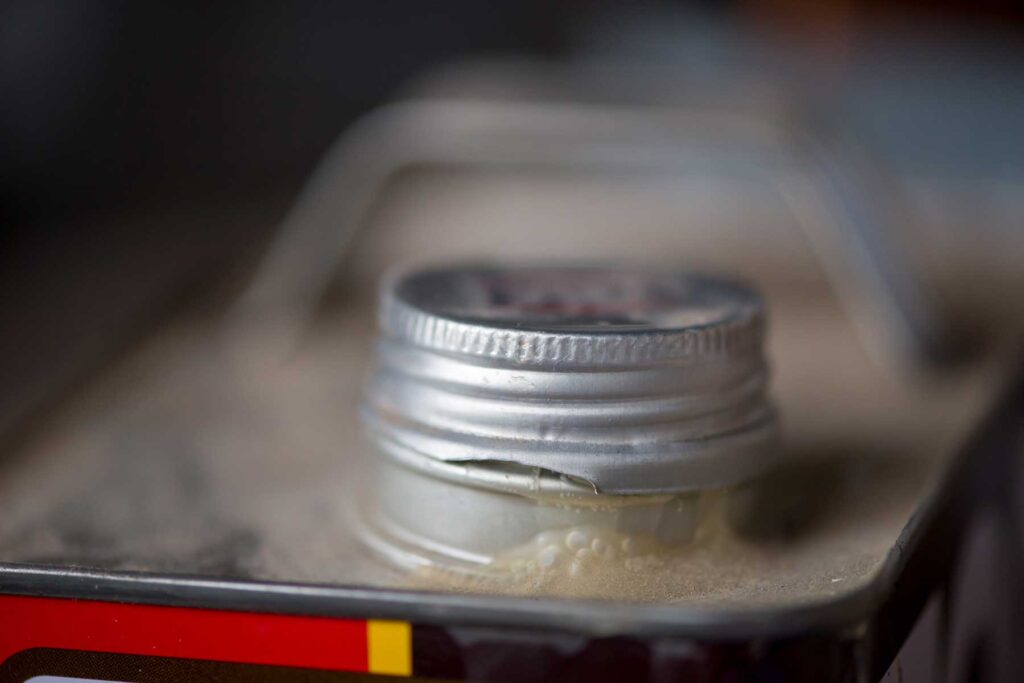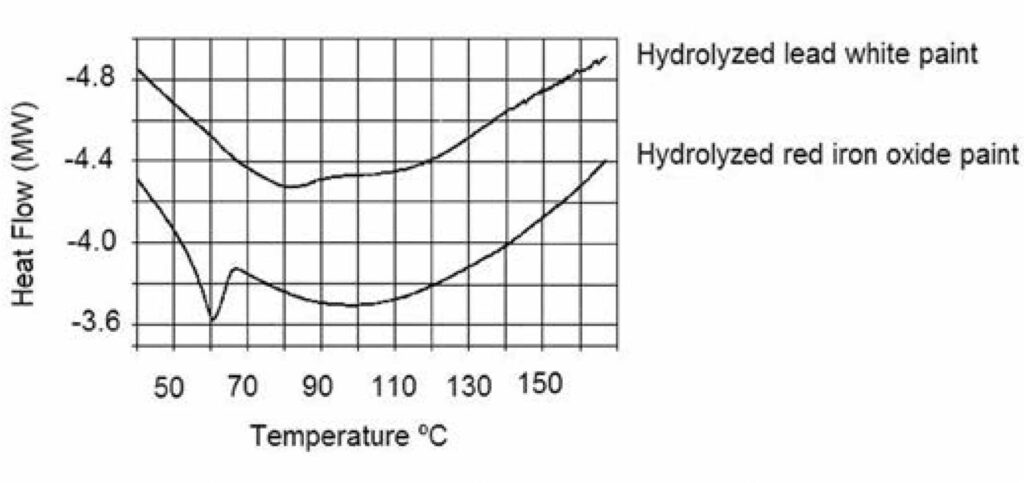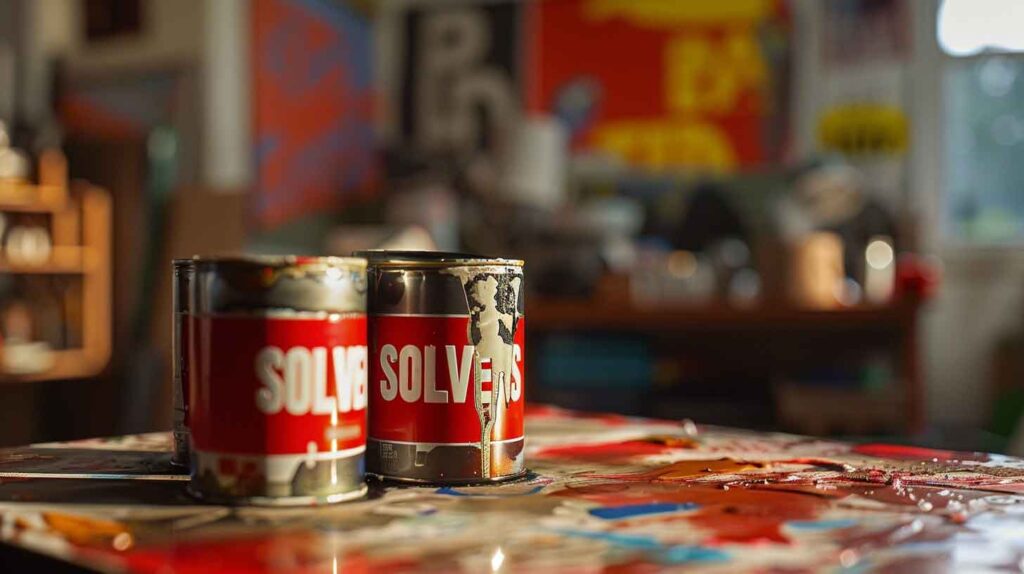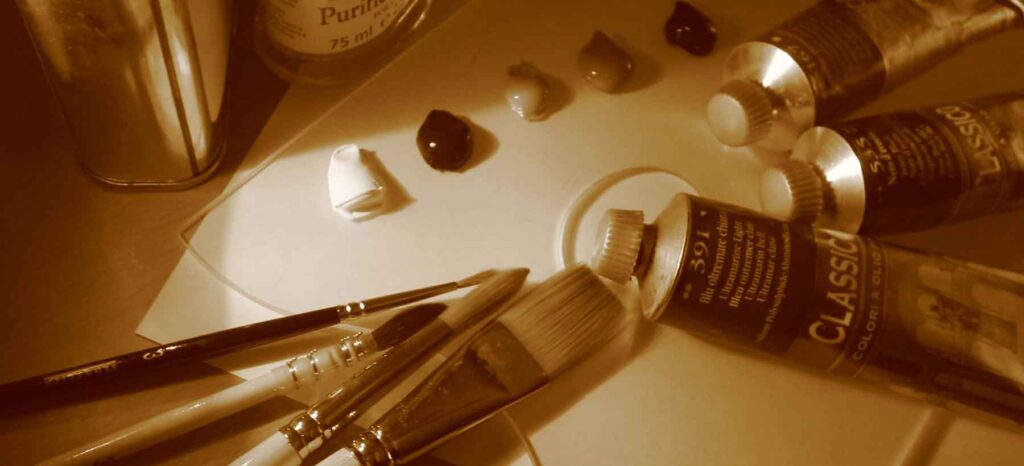
Solvents in Oil Painting: Ensuring Longevity and Color Saturation
Oil painting, a tradition steeped in centuries of history, has continually evolved by exploring diverse formulations to achieve an ideal balance of drying time, flexibility, and color fidelity. This journey is marked by the nuanced chemistry of drying oils and the profound impact of solvents in oil painting—on the structural and aesthetic integrity of oil paint films. This article delves into the intricate dynamics of drying oils and solvents, equipping artists with the essential knowledge to preserve the vibrance and integrity of their works for future appreciation.
The Chemistry of Drying Oils
Central to the transformation of oil paint from liquid to film is the chemistry of drying oils, such as those containing unsaturated fatty acids (e.g., oleic, linoleic, linolenic acids). These oils undergo autoxidation, reacting with atmospheric oxygen catalyzed by metal ions to form a durable, cross-linked network. Concurrently, the process of hydrolysis can release free fatty acids, altering the paint’s chemistry and mechanical properties from its inception. This complex interplay, further influenced by the presence or absence of specific metal ions, ultimately defines the paint film’s characteristics, impacting its drying rate, flexibility, and structural integrity.
The Dual Role of Solvents in Oil Painting
Solvents are pivotal in the oil painting process and are employed for thinning, cleaning, and varnishing. Yet, their interaction with paint films is highly nuanced. While they can facilitate the removal of varnish or unwanted accretions, they might also extract vital small molecules and ions crucial for the paint film’s integrity and chromatic depth. This can lead to adverse outcomes like color desaturation, embrittlement, and cracking of the paint film.
The article underscores that solvents such as acetone and toluene can aggressively dissolve hydrolyzed oil paint films, thus pointing to the critical need for careful solvent selection and application. The mechanical properties of a paint film, underpinned by the original ester bonds of the oil and the cross-linking of unsaturated fatty acids, are crucially impacted by solvent interaction. Notably, paints subjected to varying degrees of hydrolysis exhibit a coherent appearance over the years, yet they may disintegrate when exposed to harsh solvents, highlighting the fragile equilibrium between maintaining paint film cohesion and exposure to chemical agents.

Why Study Oil Paint Made From Hydrolyzed Oil?
The study used paint samples made from hydrolyzed oil. Hydrolyzed oil is essentially oil that has been chemically altered by water to break down certain bonds within it, leading to the release of free fatty acids. This change in the oil’s structure can significantly affect the properties of oil paint, influencing both its durability and how it ages.
The study used hydrolyzed oil to simulate the aging effects of oil paint, as aged oil paint naturally undergoes hydrolysis over time. This chemical process is a key aspect of the aging mechanism in oil paintings. Hydrolysis can significantly alter the chemical composition and physical properties of the oil paint, affecting its durability, appearance, and structural integrity.
By employing hydrolyzed oil in their experiments, the researchers aimed to create a model that closely mimics the natural aging process of oil paintings. This approach allows for an in-depth examination of how hydrolysis impacts the long-term behavior of oil paint, including its interaction with various pigments and the resultant effects on the paint film’s stability and visual qualities. Understanding these dynamics is crucial for predicting the longevity of oil-based artworks and devising appropriate conservation strategies to preserve their condition and appearance over time.
Key findings in the study provide insights into the nature and use of solvents in artists’ work. For example, acetone was found to be the most aggressive solvent for oil paint, to the point that it decomposed after treatment. Paints treated with toluene were very embrittled and decomposed with the application of mechanical force. Water and hexane, both rather mild solvents, did not affect the paint films.
The study also examined the resistance of paint films made with different pigments. Based on the differential scanning calorimetry, paint made with lead white was unaffected by the solvents. Paints made with smalt (a blue cobalt glass pigment) were intermediate to the red iron oxide and white lead paints in behavior.
The loss of low molecular weight compounds in oil paint, whether this occurs by evaporation, migration within the paint, or removal by solvents, can embrittle a paint film and promote cracking and loss of color saturation.
Guidelines for the Prudent Use of Solvents in Oil Painting
To mitigate the impact of solvents on oil paintings, artists should consider the following guidelines:
- Deep Understanding of Paint Composition: Knowledge of the chemical makeup of paints can guide artists in anticipating and mitigating the potential impacts of solvents.
- Judicious Solvent Selection: Choose solvents that effectively perform the required tasks while minimizing harm to the paint film.
- Conduct Preliminary Tests: Apply solvents to a small, inconspicuous area first to evaluate their effect before general application.
- Apply Solvents Sparingly: Limit the use of solvents to the minimum necessary, applying them in a controlled manner to preserve the paint film’s integrity.
- Ensure Proper Ventilation: Adequate ventilation is crucial to reducing the risks associated with solvent fumes and facilitating the rapid evaporation of solvents.
The Imperative of Ongoing Research
Exploring the chemistry of oil paints and solvents reveals a landscape filled with complexities yet to be fully unraveled. Continuous research is essential to uncover the detailed interactions that dictate the long-term effects of solvents on the mechanical and visual properties of paint films. Such knowledge is vital for empowering artists to fully leverage their materials, ensuring the creation of artworks that not only captivate viewers today but also stand as enduring testaments to artistic achievement.
By adhering to these informed practices, artists can skillfully navigate the complexities of material chemistry, ensuring their creations endure in both form and beauty. This deep understanding fosters artworks that not only withstand the test of time but also continue to inspire and evoke admiration across generations.
Reference
Tumosa, Charles S. and Mecklenburg, Marion F. 2013. “Oil Paints: The Chemistry of Drying Oils and the Potential for Solvent Disruption.” in New Insights into the Cleaning of Paintings: Proceedings from the Cleaning 2010 International Conference, Universidad Politecnica de Valencia and Museum Conservation Institute, edited by Mecklenburg, Marion F., Charola, A. Elena, and Koestler, Robert J., 51–58. Smithsonian Contributions to Museum Conservation. Washington, DC: Smithsonian Institution.







Responses